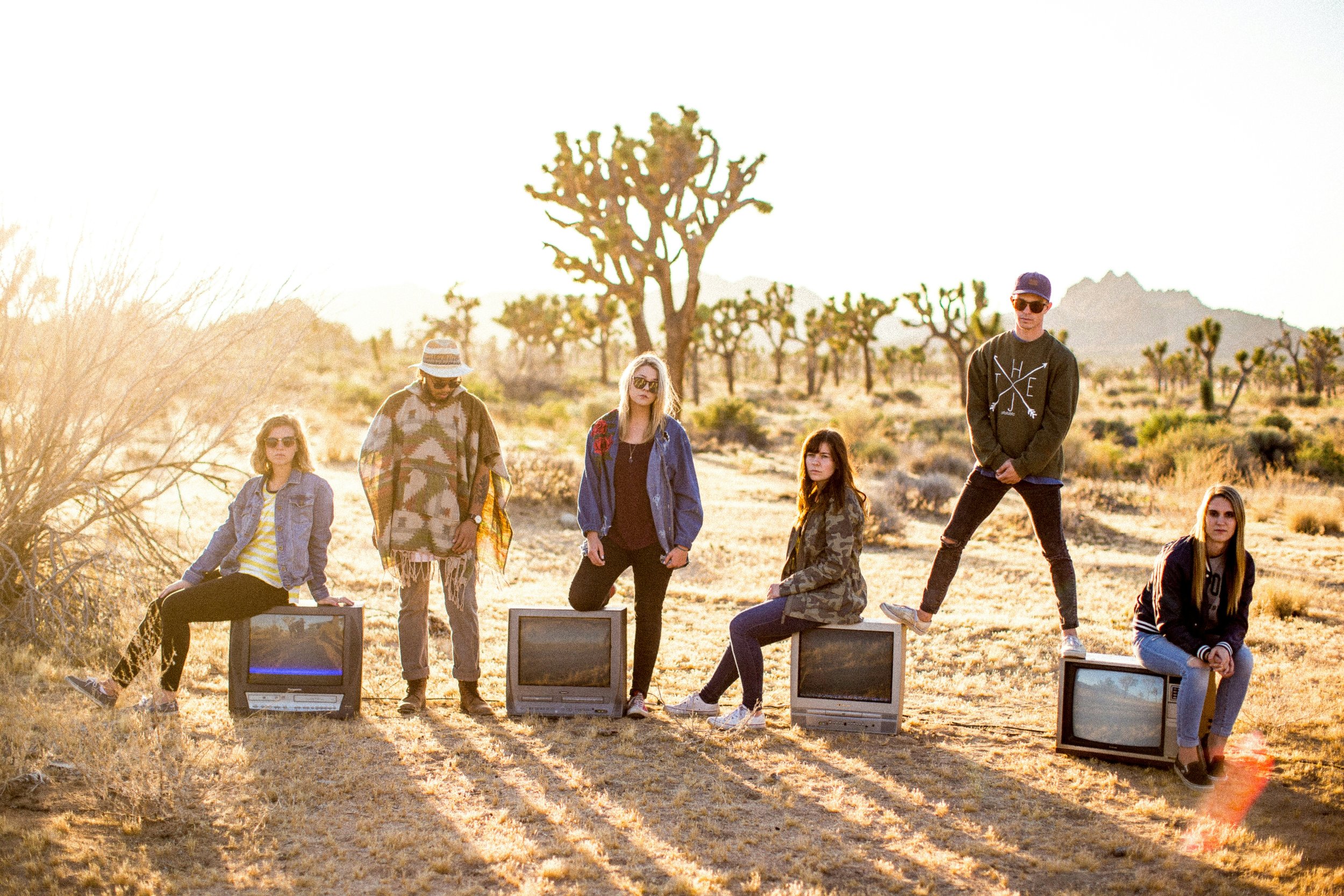How to think about Marketing Communications in a Fragmented Media Landscape
Key points for understanding marketing communication amidst a fragmented media landscape:
The media landscape is becoming increasingly fragmented, with consumers getting their news from a much broader range of sources
Brands need to respond to this increasing fragmentation. One compelling solution is to use these new channels to hyper-personalize their communication
In the long term, brands should consider investing in co-creation and user-generated content. In this way, the brand can preserve it’s identity, but enables consumers to see themselves within it
“That’s the way it is.”
For decades, these are the words tens of millions of Americans came to associate with their evening news. “That’s the way it is” was the signature sign-off for the legendary CBS broadcaster Walter Cronkite. In Cronkite’s era - which lasted from the 1950s to the 1970s - media was centralized. Everyone watched the same television channels, listened to the same radio stations, and got their news from roughly the same place.
How times have changed.
As the media landscape has shifted, so too must a brand’s approach to leveraging it. How should brands attempt to communicate to their consumers in today’s fragmented media landscape? Let’s dive in
What the Fragmented Media Landscape Means for Modern Consumers
In Cronkite’s day, marketing communication was simple, especially for mass-market brands. If you’re Coca-Cola, you can reach your total addressable market – there were only 3 American TV channels. In that era, brands could tell consumers who they were, what they stood for, and what they provided.
Fast forward to today. Everyone gets their news, information, and advertising from different sources. Fewer people watch the news on television than ever before. Taking its place are thousands of podcasts, twitter feeds, blogs, influencers, apps etc. And of course, younger consumers are now getting their news, more and more, from TikTok.
The dynamics of brand communication have completely shifted: Increasingly, the brand isn’t what it tells consumers it is. Rather, the brand is what consumers tell other consumers it is. So how can brands respond to this fragmented and decentralized messaging? There are two approaches. The first is to get as specialized, and as niche as possible.
Controlled Communication through Hyper-Personalization
By specializing your approach, you can create tightly controlled communication with your consumers. This fragmented media makes any consumer base accessible. If you want to target geriatric postal workers in Iowa (and ONLY geriatric postal workers in Iowa) with something very specific this is easily possible. As long as they are on the internet, you can find them.
Within these niches, communication can also be targeted in hyper-personalized ways.
With access to data from digital channels and AI technology, you can develop personas of these niche markets that examine in detail the personal circumstances, preferences, and buying behaviors. Hyper-personalization can be a great asset, especially for performance marketing: You can reach specific consumers, at a specific time, in a specific way, and with a very specific call to action.
However, such personalization is not without it’s downsides, especially in the realm of brand-building. If everyone gets a different message, this will dilute the brand over time since it won’t be seen consistently in the market. Amid a hyper-personalized approach, cultivating a stable, consistent brand image can be very difficult to maintain.
Co-creation for Marketing Communication
This brings us to the next strategy: co-creation.
For many brands, this is re-imaging one’s communication strategy in its entirety. Brand managers have historically seen themselves as the guardians of brand image - dictating this to their market in a tightly curated, unilateral way. Instead of trying to dictate what the brand is, and crafting specialized messages to small slices, the brand can open itself to some interpretation.
This means creating content, campaigns, and messaging which is, of course, consistent with the brand personality, but is polysemous - interpretable by different audiences in different ways.
Your brand will need to open itself up to the ambiguity of user-generated content - where consumers tell themselves what the brand means to them. In this way, the brand is enduring, consistent, but at the same time, flexible. This ultimately allows consumers to see themselves in the brand, and make it their own. A perfect example of this is Spotify Wrapped, where users get an overview of their music listening for the year and can easily share it with their friends.
Brands can also take a more curated approach to user-generated content. Think of Apple’s campaigns which show off the photographic capabilities of new iPhones, and which feature actual photos from real customers. Both of these campaigns influence brand perception, but what they have in common is that they are driven by the users themselves.
Final Thoughts on Marketing Communication in a Fragmented Media Landscape
There’s no one best solution for all brands. Communication is a key element of marketing psychology, and needs to be considered in depth. Companies that are more sales-oriented may find the specialization approach more effective. While those with a deeper focus on brand and inbound leads may opt a more co-creative approach.
So think about your current brand, think about the goals of the organization, and from there decide which approach is right for you. One thing is for certain: the current media landscape is a very messy place, which presents brands with both challenges and opportunities.
And as Cronkite would say, that’s just the way it is.
Photo by Levi Stute via UnSplash
References: The Power of Positive Ambiguity in Marketing Psychology
Brown, J. D. (1986). Evaluations of self and others: Self-enhancement biases in social judgments. Social cognition, 4(4), 353-376.
Hoorens, V. (1993). Self-enhancement and superiority biases in social comparison. European review of social psychology, 4(1), 113-139.
Maxwell, N. L., & Lopus, J. S. (1994). The Lake Wobegon effect in student self-reported data. The American Economic Review, 84(2), 201-205.
Robin, G. (2021). Berghain, Techno und die Körperfabrik: Ethnographie eines Stammpublikums. Büchner-Verlag.
Schwanhäußer, A. (2010). Kosmonauten des Underground. Campus Verlag.

